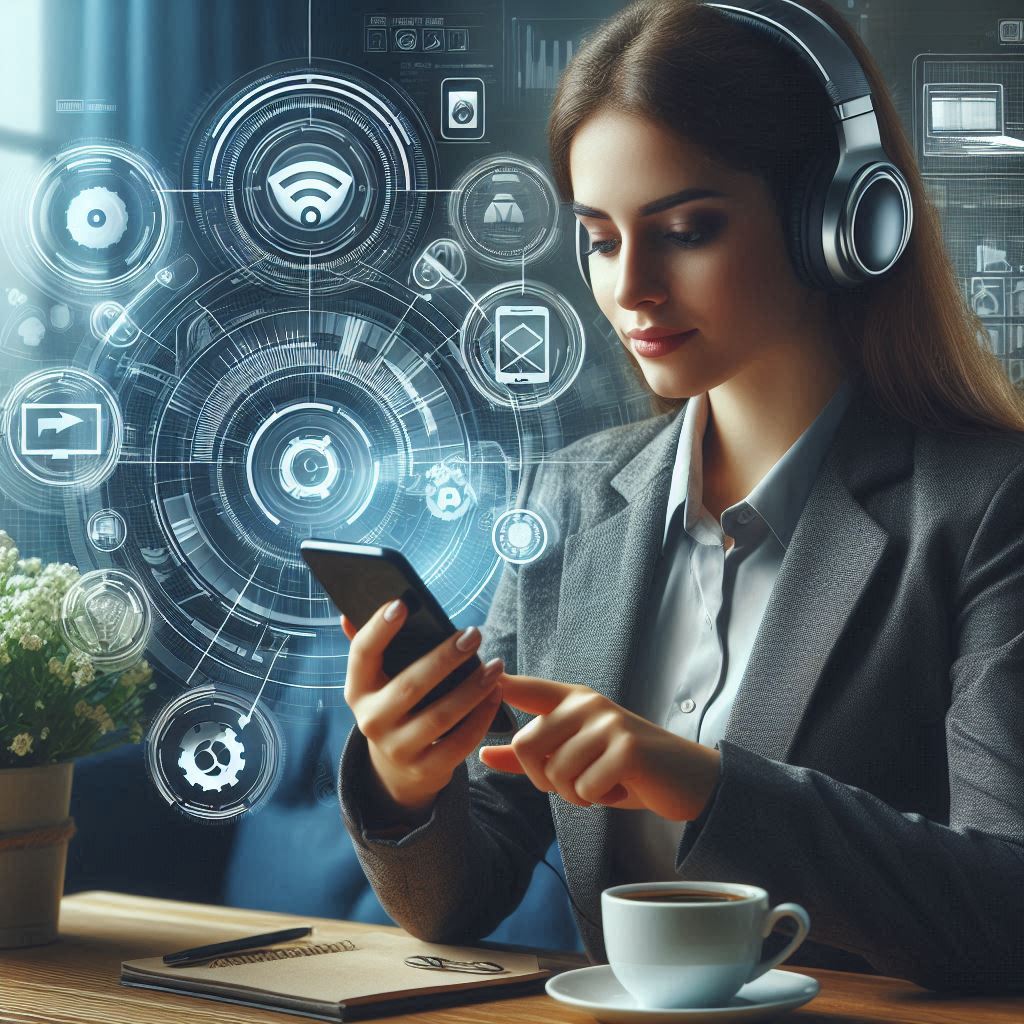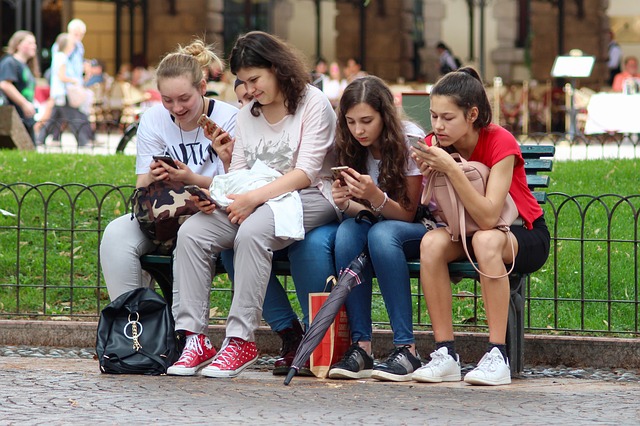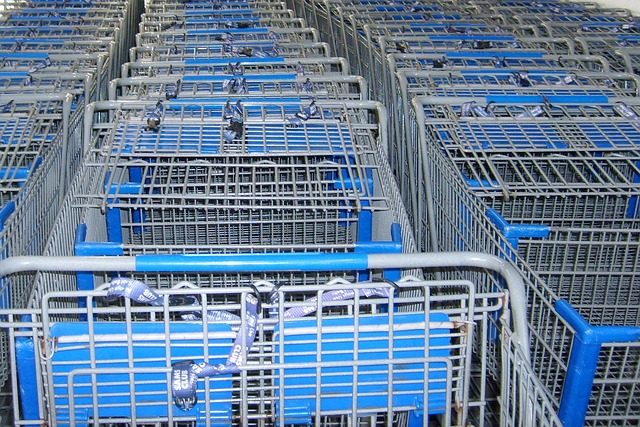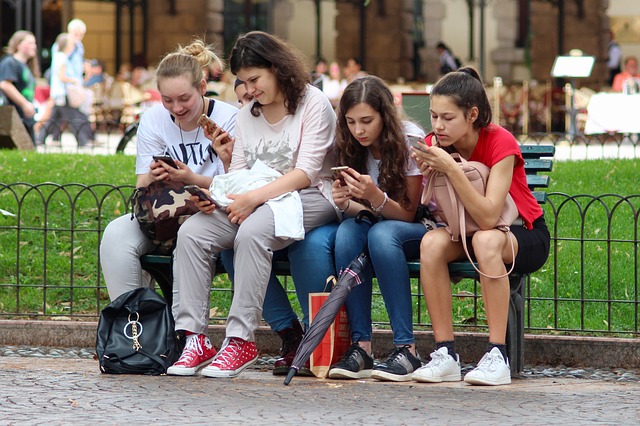
In our modern era, technology permeates every aspect of our lives, transforming how we work, communicate, and live. The advent of the internet, smartphones, artificial intelligence, and other technological innovations has brought unprecedented convenience and immediacy, significantly improving efficiency in countless areas. However, this rapid advancement is not without its downsides. As we become increasingly reliant on technology, we must grapple with the risks and challenges that arise, including cybercrime, data protection concerns, and the detrimental effects on our ability to focus. So how do we find an appropriate balance?
The Benefits: Immediacy and Convenience
One of the most significant advantages of modern technology is the immediacy it affords. The ability to access information instantly, communicate across vast distances in real time, and perform tasks that once took days or weeks in a matter of seconds has revolutionised the way we live and work. This immediacy extends beyond communication to other areas, such as online shopping, where you can order products with just a few clicks, expecting next day or even same day delivery, or the healthcare sector, where telemedicine enables patients to consult with doctors without needing to visit a clinic in person.
Convenience is another major benefit of technology. The rise of smart devices and automation has simplified tasks that used to require considerable effort. For instance, smart home systems can control lighting, temperature, and security, while virtual assistants like Siri and Alexa can perform tasks such as scheduling appointments, sending messages, or even ordering groceries. In the workplace, technology streamlines operations, with software automating repetitive tasks, allowing employees to focus on more complex and creative aspects of their jobs. While in schools AI can help students and teachers create, refine or assess materials, or can help with translation, simplification and other process which support or even enhance learning experiences.
These conveniences and immediacy should improve quality of life, offering more time for leisure and reducing the stress associated with many day-to-day tasks however my sense is that they often just allow for more to be expected and reinforce the “do more” and efficiency cultures which I feel exist.
The Risks: Cybercrime, Data Protection, and Cognitive Impact
The advantages of immediacy and convenience come with significant risks. One of the most pressing concerns is the rise of cybercrime. As more sensitive information is stored and transmitted digitally, individuals, businesses, and governments are increasingly vulnerable to hacking, data breaches, and other forms of cyberattacks. Cybercriminals exploit weaknesses in software and networks to steal personal data, financial information, or intellectual property. The consequences of these breaches can be devastating, leading to identity theft, financial loss, and reputational damage. You don’t need to look to hard at the current news to find an organisation which has suffered a cyber incident.
In tandem with cybercrime is the issue of data protection and privacy. In the digital age, vast amounts of personal data are collected by companies, governments, and online platforms, often without individuals being fully aware of how their information is being used. This has raised significant concerns about privacy, with many questioning whether individuals have enough control over their personal data. The rise of surveillance capitalism—where companies monetize personal data to drive targeted advertising—has sparked debates about ethical boundaries and the need for stricter regulations. High-profile scandals, such as the Cambridge Analytica case, where millions of Facebook users’ data was harvested without consent for political purposes, have highlighted the potential for misuse and the lack of transparency in data collection practices.
Beyond the security and privacy risks, the very immediacy and convenience that make technology so appealing can also have negative cognitive effects. The constant stream of notifications, emails, and messages can fragment our attention and make it difficult to focus on tasks that require sustained concentration. Research has shown that multitasking with technology can reduce productivity and impair cognitive function. This “always-on” culture, fuelled by smartphones and social media, can lead to stress, anxiety, and burnout, as individuals struggle to disconnect from the digital world.
Moreover, the overreliance on technology can erode essential cognitive skills, such as problem-solving, critical thinking, and memory. With information just a click away, individuals may become less inclined to engage in deep thinking or retain knowledge. The rise of artificial intelligence and machine learning also raises concerns about the future of human skills and the potential for automation to replace jobs, leading to economic inequality and social disruption.
Striking a Balance
Given the immense benefits and equally significant risks, it is crucial to strike a balance between embracing technology and mitigating its drawbacks. On the one hand, the conveniences of immediacy and efficiency are undeniable and have improved many aspects of modern life. However, these advancements should not come at the expense of privacy, security, or cognitive well-being.
One way to maintain this balance is through stronger regulations and policies that protect individuals’ privacy and data. Governments and organizations must implement robust cybersecurity measures and transparent data collection practices to safeguard against cybercrime and misuse of personal information. Additionally, educating the public about digital literacy and security can empower individuals to protect themselves online.
At an individual level, it is also essential to cultivate mindful technology use. Setting boundaries around screen time, practicing digital detoxes, and focusing on single-tasking rather than multitasking can help mitigate the cognitive impacts of constant connectivity. Encouraging critical thinking and problem-solving in education and the workplace can also help individuals develop skills that are less susceptible to automation.
Conclusion
Technology exists in a delicate balance between its undeniable benefits and the risks it poses. Immediacy and convenience have transformed society, making life easier and more efficient in many ways. However, these benefits come with the trade-offs of increased cybercrime, data protection concerns, and cognitive challenges. As we continue to innovate, it is vital to remain vigilant about the potential risks and take steps to mitigate them, ensuring that technology enhances rather than undermines our well-being. I also wonder whether the drive for efficiency and immediacy is reducing the time for us to be human and to interact with other humans directly and in-person, as we have since the dawn of mankind, but that’s a whole other post!





 We have all heard the negative headlines in relation to social media and children however as with most stories there are two sides to the coin, and as much as there are negative implications there are also positive ones. I therefore thought it was appropriate to share my views on the benefits which our children may find in social media.
We have all heard the negative headlines in relation to social media and children however as with most stories there are two sides to the coin, and as much as there are negative implications there are also positive ones. I therefore thought it was appropriate to share my views on the benefits which our children may find in social media. I have found myself discussing balance on a number of occasions. Recently I mentioned it in reference to whether education should go through incremental improvement or a process of disruptive innovation. In each case my reference to balance has been in highlighting some of the binary discussions which seem to arise on the Edu blog sphere and Twittersphere slightly more than they do in real life discussions. Things are generally not binary in nature as the world is seldom that simple. Balance therefore allows for an element of two opposing concepts or views with agreement to establish a point of agreement somewhere between the two opposite points. Balance to me presents a continuum between two points, with the ability to select somewhere in between. Up until recently I have been happy with this concept of balance.
I have found myself discussing balance on a number of occasions. Recently I mentioned it in reference to whether education should go through incremental improvement or a process of disruptive innovation. In each case my reference to balance has been in highlighting some of the binary discussions which seem to arise on the Edu blog sphere and Twittersphere slightly more than they do in real life discussions. Things are generally not binary in nature as the world is seldom that simple. Balance therefore allows for an element of two opposing concepts or views with agreement to establish a point of agreement somewhere between the two opposite points. Balance to me presents a continuum between two points, with the ability to select somewhere in between. Up until recently I have been happy with this concept of balance.